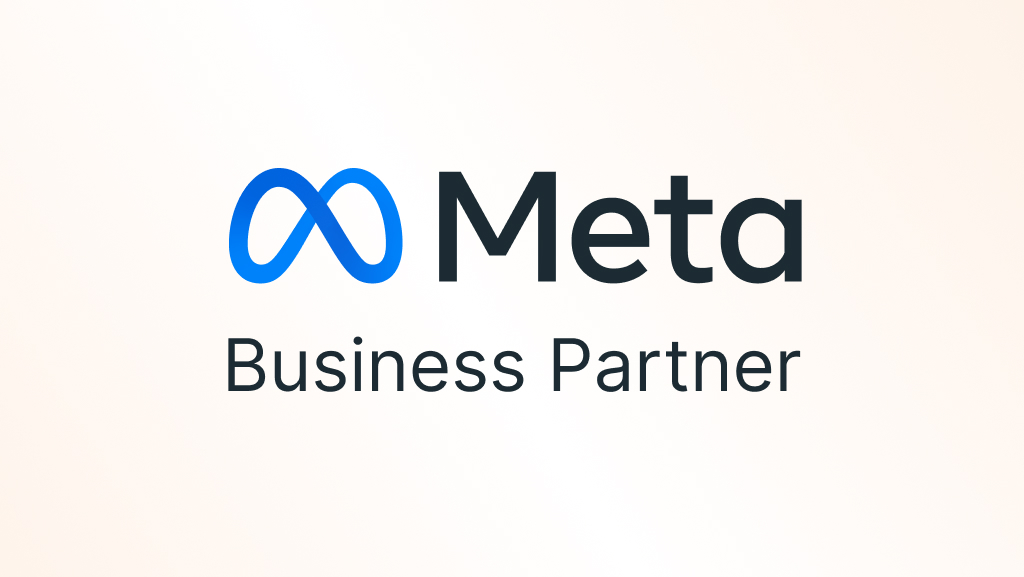Why Businesses Need Both for Smarter Marketing
When it comes to Meta advertising, one of the most common questions businesses ask is: What’s the difference between the Meta Pixel and the Meta Conversions API (CAPI), and why should we use both?
The short answer: the Meta Pixel is browser-based tracking, while the Meta Conversions API is server-to-server tracking. Together, they provide a complete, accurate picture of your customer journey — and help you get better results from your ad spend.
In this post, we’ll explain the difference between the Meta Conversions API vs Pixel, show you why they’re essential in today’s privacy-first landscape, and share a real case study from our client Quantum Care, where using both dramatically improved performance.
What Is the Meta Pixel?
The Meta Pixel is a small piece of code installed on your website that tracks actions users take through their browser. This includes:
- Page views
- Form fills
- Button clicks
- Add-to-cart events (for eCommerce)
It’s been the backbone of Meta tracking for years. However, the Pixel depends on cookies and browser permissions — which are now heavily limited by iOS privacy changes, cookie restrictions, and ad blockers. That means businesses relying only on Pixels are losing valuable conversion data.
What Is the Meta Conversions API (CAPI)?
The Meta Conversions API sends event data directly from your server to Meta’s server. Instead of relying on a user’s browser, it tracks conversions at the backend, such as:
- Website form submissions
- Brochure downloads
- Phone number or email clicks
- Offline conversions (consultations, sales, bookings)
This makes tracking more reliable, accurate, and privacy-compliant. It’s particularly powerful when paired with the Pixel, because Meta deduplicates events and ensures you don’t double-count.
Meta Conversions API vs Pixel: Key Differences
Feature |
Meta Pixel |
Meta Conversions API |
| How it tracks | Browser-based | Server-to-server |
| Vulnerable to | Cookie blocking, iOS restrictions, ad blockers | Far less impacted |
| Data captured | On-site events (page views, clicks) | Backend events (form fills, calls, sales, CRM data) |
| Accuracy | Can miss data | Much higher accuracy |
| Best use | Top-of-funnel behaviour tracking | Mid-to-bottom funnel conversion tracking |
| Ideal setup | Works best when used together with CAPI | Works best when used together with Pixel |
Bottom line: Businesses need both. The Pixel shows user activity, while CAPI provides the verified conversions that drive real ROI.
Case Study: Quantum Care
We have been working with Quantum Care for over a year to optimise their Meta campaigns. By integrating both the Pixel and Conversions API, we achieved measurable improvements (from July 2025 report):
- 244 total leads generated in one month
- 226 website leads tracked via Pixel + CAPI (form submissions, brochure downloads, phone/email clicks)
- £33.08 average cost per lead — below the industry average of £41.82
- £0.15 average cost per click — vs. £0.57 industry benchmark
- Without the Pixel + CAPI setup, many of these conversions would have been invisible in Meta Ads Manager. By capturing the full funnel of activity, Quantum Care could optimise towards what actually drove enquiries and bookings.
To read the full Quantum Care Meta Ads case study click here.
When Using Meta Pixel + Conversions API Is Paramount
There are specific scenarios where businesses can’t afford to run ads without both tools in place:
- Lead Generation Campaigns
- Tracking form submissions, brochure downloads, phone clicks.
- Without CAPI, many high-value actions are missed, leading to under-reporting and wasted budget.
- Ecommerce Campaigns
- Tracking add-to-carts, purchases, upsells, repeat buyers.
- CAPI ensures that even if users block cookies, those sales still get attributed to the right ads.
Business Case Examples
Example 1: Lead Generation Business (like Quantum Care)
Goal: Increase consultation bookings.
What to track:
- Form submissions (consultations / quote requests)
- Brochure downloads
- Phone number and email clicks
- Offline sales (consultation → service purchased)
How it works:
- Pixel tracks top-of-funnel visits and form attempts.
- CAPI validates backend leads and sends offline conversions to Meta.
- Result: Meta optimises towards real enquiries, not just clicks.
Example 2: Ecommerce Business
Goal: Increase online sales with accurate attribution.
What to track:
- Product views
- Add-to-cart events
- Purchases (with order value and product details)
- Repeat customer purchases (CRM integration)
How it works:
- Pixel tracks browsing behaviour and cart activity.
- CAPI confirms successful purchases directly from the ecommerce backend.
- Result: Ads optimised for highest-value buyers, not just website visitors.
Why Businesses Can’t Ignore This
In today’s digital marketing landscape, privacy restrictions and data loss are only increasing. Businesses that rely only on browser-based tracking are flying blind.
By combining Meta Pixels and the Meta Conversion API, you:
- Capture the full picture of customer actions
- Give Meta’s AI the best data to optimise your campaigns
- Improve attribution accuracy
- Reduce wasted ad spend
- Maximise ROI


